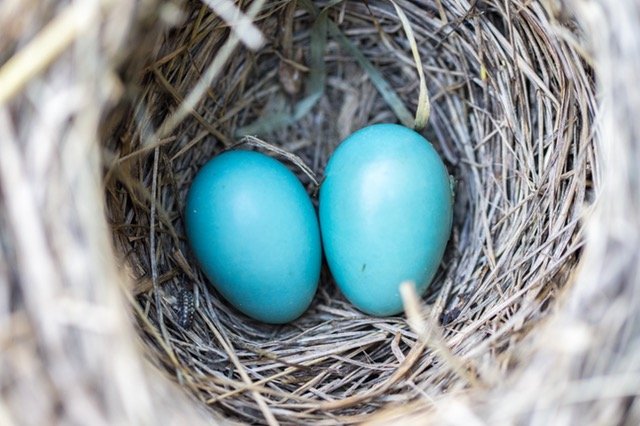The Queen wasp begins to build her nest in the spring. Sometimes adverse weather conditions and extended cold weather can delay many processes in nature. For example the wintry conditions and temperatures that have occurred well into spring 2013 have, we feel, delayed nature so many natural phenomena are running perhaps a month behind.
The Queen Wasp strips wood from trees by herself in the absence of workers at this early stage. The ‘chewed’ cardboard like substance is used to create the nest. As a general rule of thumb nests are often seen in the UK from May onwards.
Identifying a wasp nest
The below gives an indication of what a wasps’ nest looks like. If you see creatures swarming then these are more likely to be bees – as bees swarm, wasps do not. The video will help you to identify whether you have discovered a wasps nest.
By early July you can expect wasps’ nests to be cricket ball sized, by late July it can be more like a bowling ball size.
Where am I likely to find a wasps’ nest?
Many nests are found in loft spaces, wall cavities, accessed by airbricks and garden sheds. Care should be taken when opening up children’s wendy houses and children’s garden sheds and ‘houses’, as wasps nests may be located in them too. You may also find nests have been built in garden walls, or underground in rabbit burrows or other underground mammals’ dwellings.
German wasps that are prevalent in the UK often build nests in trees, hedgerows and bushes. You may also find wasps are drawn to certain trees in your garden if it gives out a sweet, sticky sap (the type that makes a mess on your car!) later in the summer. As wasps natural prey (spiders, insects etc.) dwindle in numbers late in summer they are drawn to sticky sap as an alternative.
Some properties are just more suitable for wasps’ nests than others and so may have reoccurring problems.
Identifying bees swarming
If you have had a swarm recurring then it could be that you have a bee colony resident within your home. Alternatively you may have a honeycomb within your property that is attracting a swarm of bees to it. Contact us and we can work with you and local bee keepers to ensure a swarm is collected and relocated safely.

